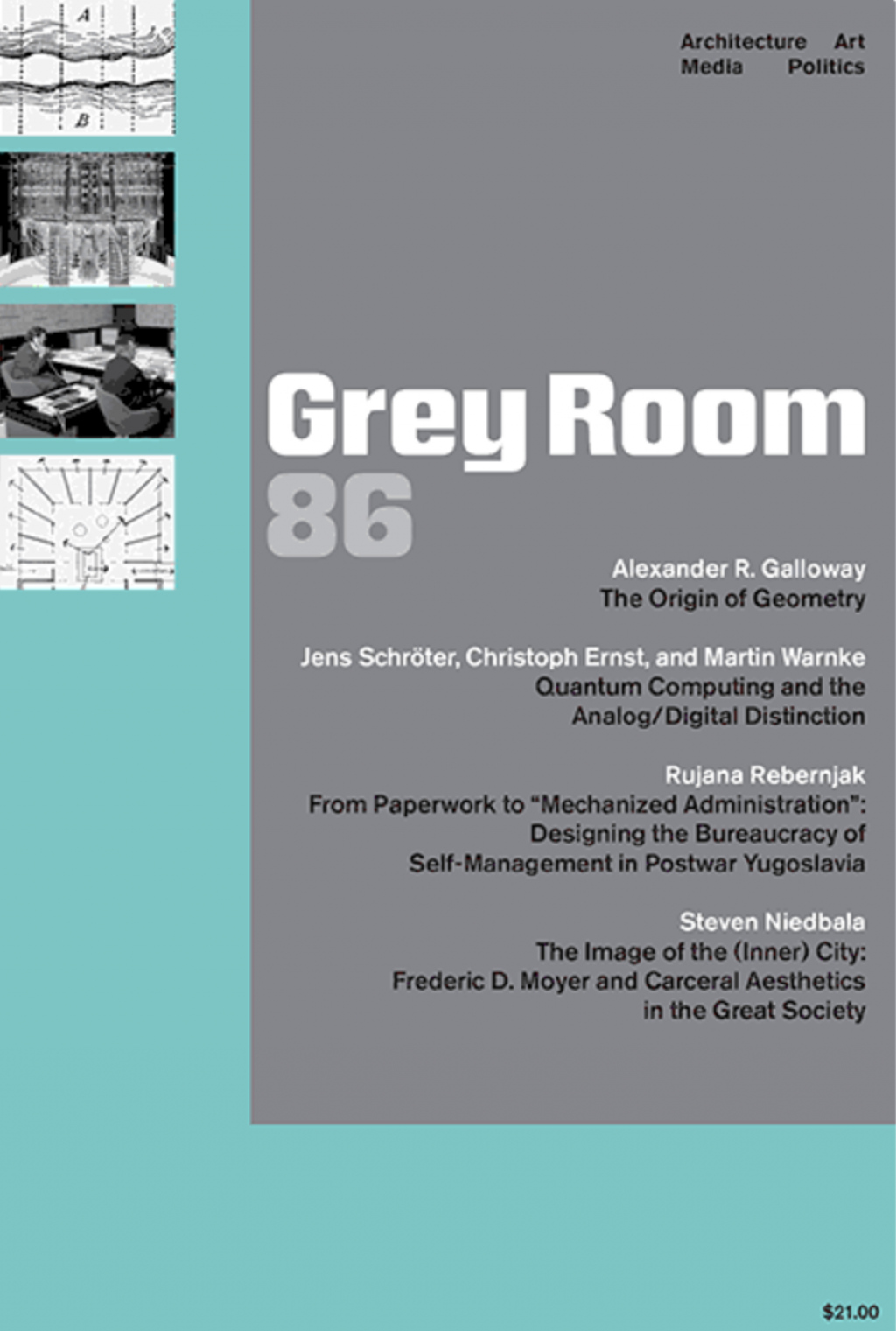
JETZT ERSCHIENEN! AUFSATZ IN GREY ROOM 86!
Quantum Computing and the Analog/Digital Distinction von Jens Schröter, Christoph Ernst und Martin Warnke.
Link zur Seite von Grey Room ist hier!
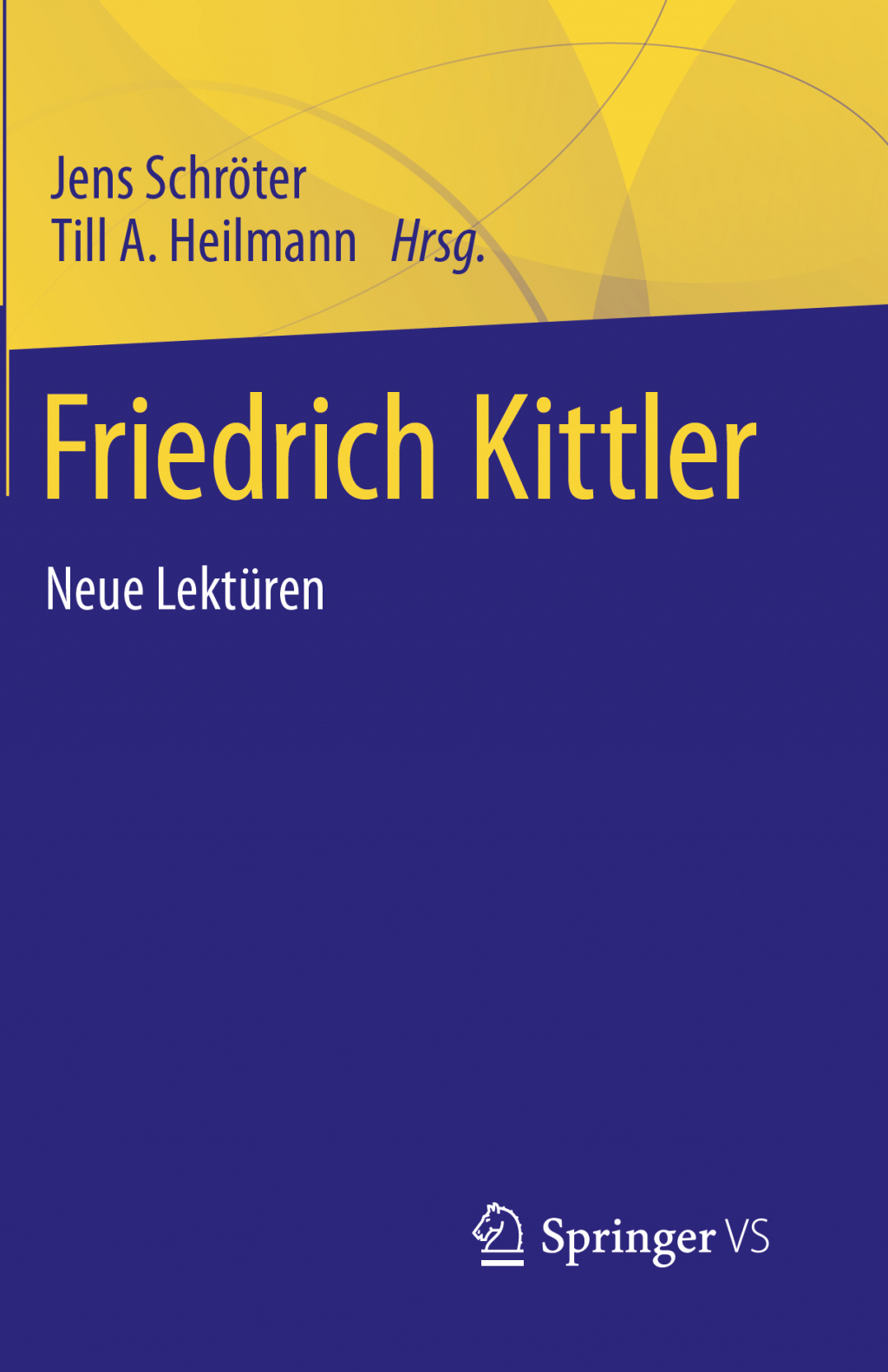
JETZT ERSCHIENEN!
Jens Schröter und Till A. Heilmann (Hg.): Friedrich Kittler. Neue Lektüren.
Der Band präsentiert neue Lektüren zu grundlegenden Schriften von Friedrich Kittler. Die Mitte der 1980er Jahre publizierten Monographien Aufschreibesysteme 1800 / 1900 und Grammophon, Film, Typewriter waren ein entscheidender Beitrag zur Institutionalisierung der Medienwissenschaft im deutschsprachigen Raum. Heute wird Kittlers Werk auch international breit rezipiert, und mehr und andere Medien bestimmen unsere Lage. Vor diesem Hintergrund befragen die Autorinnen und Autoren des Bandes ausgewählte Texte Kittlers hinsichtlich einer Analyse und Kritik der Medien auf der Höhe der Zeit.
Friedrich Kittler. Neue Lektüren. Ein Vorwort . . . . . . . . . . . . . . . . . . . . . . 1
Jens Schröter und Till A. Heilmann
Vorwort . . . . . . . . . . . . . . . . . . . . . . . . . . . . . . . . . . . . . . . . . . . . . . . . . . . 13
Friedrich Kittler
„nicht unbedingt eine Einleitung“: Zum Vorwort der
Aufschreibesysteme 1800/1900 . . . . . . . . . . . . . . . . . . . . . . . . . . . . . . . . 33
Moritz Hiller
FAK You Göthe: 30 Jahre Aufschreibesysteme . . . . . . . . . . . . . . . . . . . . 51
Michael Wetzel
Aufschreibesysteme 1900/Reaktionsmaschine 2000 . . . . . . . .. . . . . . . . 61
Rupert Gaderer
Thinking with and through Literature in Friedrich Kittler’s
Discourse Networks, 1800/1900 . . . . . . . . . . . . . . . . . . . . . . . . . . . . . . . 75
Pantelis Michelakis
Unverständliche Schriften . . . . . . . . . . . . . . . . . . . . . . . . . . . . . . . . . . . . 87
Antje Pfannkuchen
Austreibung des Eigennamens aus dem Nachlass „Kittler“.
Vom Subjekt zum Objekt von Medienarchäographie . . . . . . . .. . . . . . . . 107
Wolfgang Ernst
What was Time Axis Manipulation? . . . . . . . . . . . . . . . . . . . . . . . . . . . . 119
Erik Born
Rockmusik, Musikdrama, Disco. Klanggeschichte der Medien
nach Friedrich Kittler . . . . . . . . . . . . . . . . . . . . . . . . . . . . . . . . . . . . . . . . 145
Jens Gerrit Papenburg
Menschen und Singvögel. Kittlers Materialismus, musikalische
Erotik und die Heilung der Schrift . . . . . . . . . . . . . . . . . . . . . . . . . . . . . . . 171
Maren Haffke
Colour Films: Stencils, Additions, and Subtractions . . . . . . . . . . . . . . . . 197
Ricardo Cedeño Montaña
Kittlers Ökonomien . . . . . . . . . . . . . . . . . . . . . . . . . . . . . . . .. . . . . . . . . . . 217
Jens Schröter
„Immer schon“ und „Seither“. Über zwei Zeitfiguren bei Friedrich
Kittler und ihre Anthropographie . . . . . . . . . . . . . . . . . . . . . . . . . . . . . . . . 225
Lorenz Engell
Eurozentrismus bei Kittler . . . . . . . . . . . . . . . . . . . . . . . . .. . . . . . . . . . . . . 239
Jens Schröter und Till A. Heilmann
Herausgeber- und Autorenverzeichnis . . . . . . . . . . . . . . . . . . . . . . . . . . . . 255
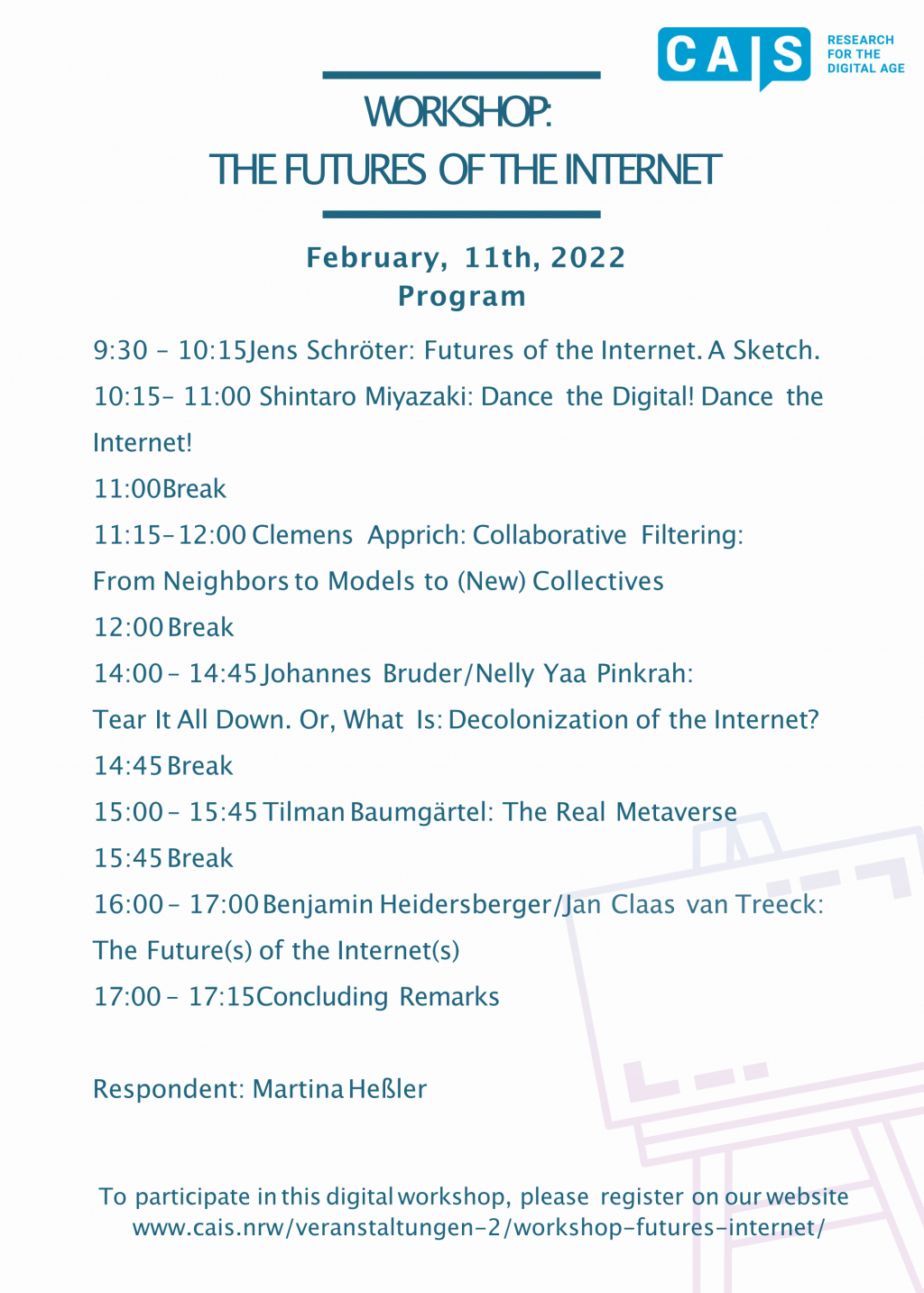
The Futures of the Internet
Workshop von Prof. Dr. Jens Schröter am CAIS am 11.2.!
Am 11.2.2022 findet im Rahmen des CAIS_Fellowships von Prof. Dr. Jens Schröter ein Workshop namens "The Futures of the Internet" statt. Er wird online und die Englisch durchgeführt. Er ist öffentlich, Anmeldung unter: www.cais.nrw/veranstaltungen-2/workshop-futures-internet/
On February 11, 2022, a workshop called "The Future of the Internet" will be held as part of Prof. Dr. Jens Schröter`s CAIS_Fellowship. It will be conducted online and in English. It is open to the public, registration at: www.cais.nrw/veranstaltungen-2/workshop-futures-internet/
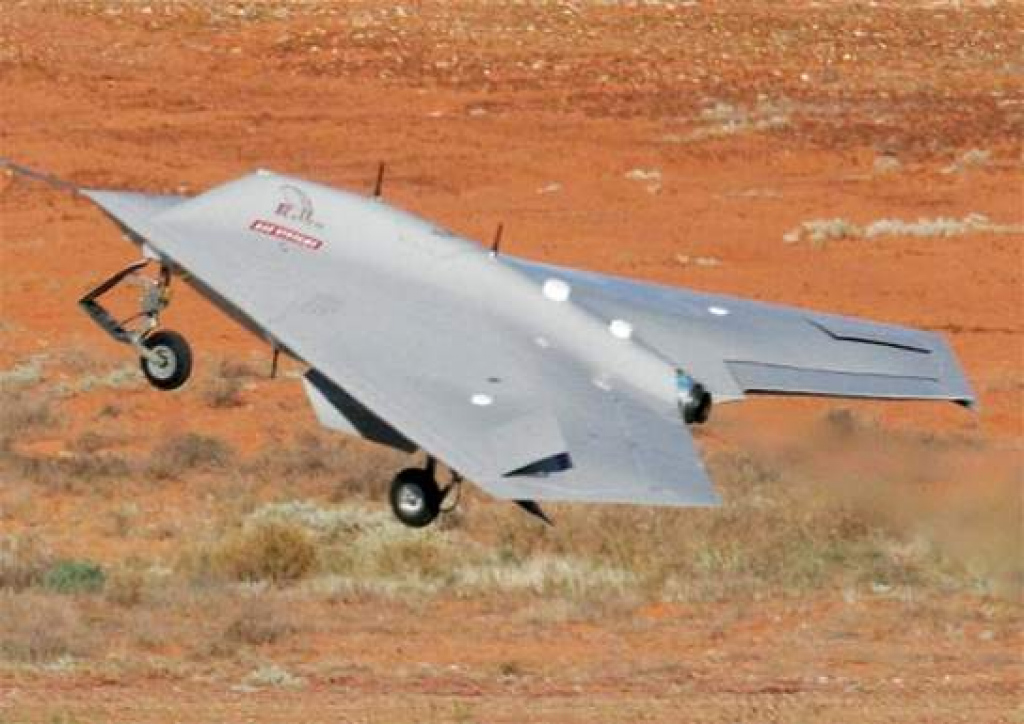
Projekt von PD Dr. Christoph Ernst bewilligt!
Im Rahmen eines Verbundantrags für ein BMBF-Kompetenznetzwerk mit dem Titel „Meaningful Human Control – Autonome Waffensysteme zwischen Regulation und Reflexion“ (Prof. Dr. Jutta Weber, Prof. Dr. Susanne Krasmann, Prof. Dr. Susanne Beck, Prof. Dr. Reinhard Gerndt, PD Dr. Christoph Ernst) wurde für die Bonner Medienwissenschaft ein Teilprojekt mit dem Titel „Szenen der Interaktion – Mensch-Maschine Interfaces in der Diskussion um Autonome Waffensysteme“ (PD Dr. Christoph Ernst) bewilligt. Das Teilprojekt sieht eine Aufarbeitung von für Autonome Waffensysteme (AWS) typische Szenarien der Mensch-Maschine-Interaktion in ihren historischen Genealogien vor, die im Querbezug zu zeitgenössischen Diskursen rund um nahzukünftige AWS-Entwicklungen analysiert werden. Untersucht wird, wie sich die ‚Automatisierung‘ der Kriegführung als Zielvision historisch ausbildet und welche Konzeptionen von Mensch-Maschine-Interaktionen dafür entwickelt werden.

Ergebnisse des Workshops: Developing esthesis in Virtual Reality.
Forschungsprojekt von DAAD-Fellow Roberta Gerling Moro!
As part of the research project "Developing esthesis in Virtual Reality: cartographies of students’ sensitive experiences through Art", which is being held at the Department of Media and Cultural Studies at the University of Bonn, one workshop was conducted with Higher Education students from 16th. November to 07th December 2021 at the NRW-Forum Düsseldorf. The starting point was the NRW-Forum past exhibition "Welcome to Paradise" (https://www.nrw-forum.de/en/exhibitions/welcome-to-paradise). During the workshop, students developed an artistic project in VR with Tilt Brush, associated with the exhibition theme (Immersive fictional worlds, humankind, nature, dreams, utopia, and dystopia).

CALL!
ENVISIONING POST-CAPITALIST UTOPIAS VIA SIMULATION. THEORY, CRITIQUE AND MODELS.
Hanno Pahl, Manuel Scholz-Wäckerle and Jens Schröter are editing a volume of the renowned journal REVIEW OF EVOLUTIONARY POLITICAL ECONOMY!
DEADLINE 31.3.2022
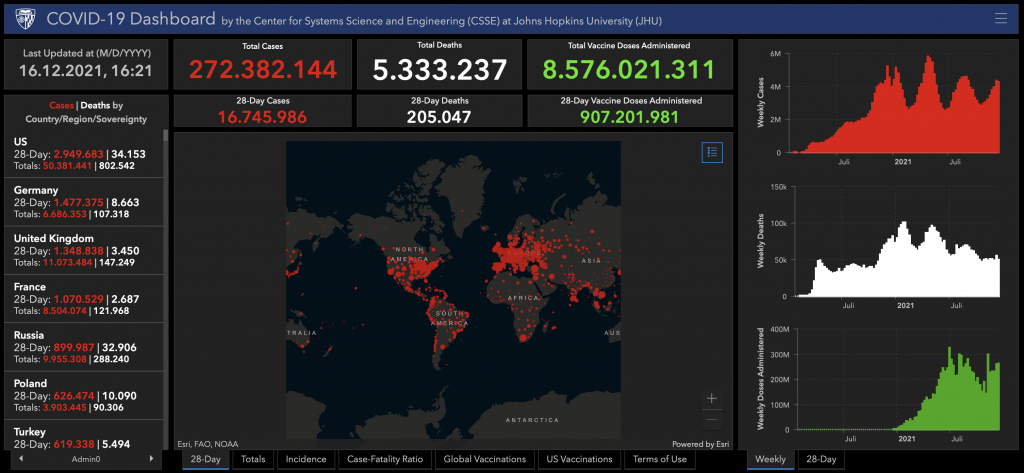
TRA4-Projekt wurde bewilligt!
Informations- und Datenvisualisierungen der Corona-Pandemie. Eine Broschüre für die Öffentlichkeit.
Das von PD Dr. Christoph Ernst und Prof. Dr. Jens Schröter bei der TRA4, Universität Bonn beantragte Projekt wurde bewilligt.
Das Projekt beschreibt und analysiert wie Informations- und Datenvisualisierungen der Corona-Pandemie funktionieren. Das Ergebnis des Projektes wird ein besseres Verständnis der Modi sein, mit denen Informations- und Datenvisualisierungen der Corona-Pandemie in der Öffentlichkeit interpretiert werden. Ziel ist eine kompakte Broschüre, mit der die interessierte Öffentlichkeit über die Funktionsweise von solchen Informations- und Datenvisualisierungen informiert wird.
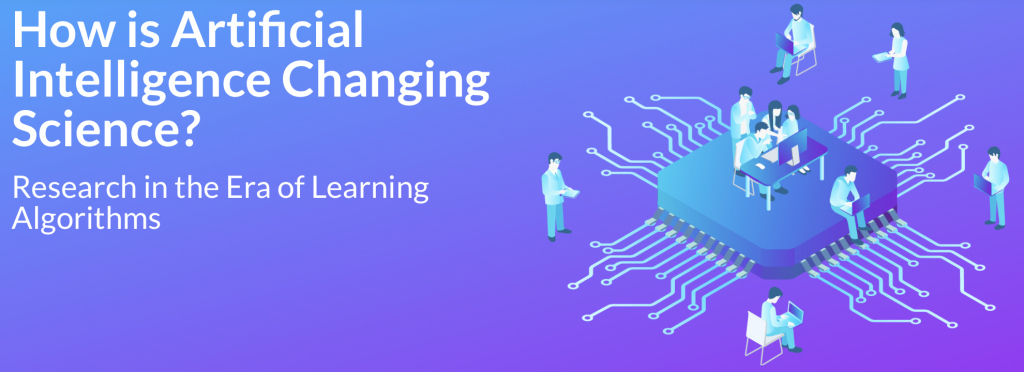
Volkswagen-Projekt wurde bewilligt!
How is Artificial Intelligence Changing Science?
HURRA! Wir freuen uns!
Unser VW-Main Grant (Programm "Artificial Intelligence and Society"): "How is Artificial Intelligence Changing Science?" wurde BEWILLIGT.
Zusammen mit Partner:innen von der Universität Wien (Prof. Dr. Anna Echterhölter, Wissenschaftsgeschichte), der Ruhr-Uni Bochum (PD Dr. Andreas Sudmann, Medienwissenschaft) und vom KIT, Karlsruhe / Carnegie Mellon (Prof. Dr. Alexander Waibel, Informatik) werden wir nun komparativ, historisch und ethnographisch untersuchen wie KI-Systeme (v.a. Machine Learning) die Produktion wissenschaftlichen Wissens verändern.
Hier geht es zu unserer Website!
Hier Link zur Pressemitteilung der Volkswagen-Stiftung!
Hier der Link zur Pressemitteilung der Universität Bonn!
Abstract German
Wie wirken sich Technologien Künstlicher Intelligenz (KI) auf die Wissenschaften aus? So lautet die leitende Fragestellung des Forschungsvorhabens. Es soll untersucht werden, nicht wie über, sondern wie mit KI-Verfahren in unterschiedlichen Disziplinen geforscht wird. In methodischer Hinsicht kombiniert das Projekt historische, ethnographische und informatische Perspektiven, um die Potentiale, aber auch die Grenzen, Risiken und Ambivalenzen von KI-basierten Methoden zu befragen. Das Projekt bringt die Expertise der Medienwissenschaft, der Wissenschaftsgeschichte und der Informatik zusammen, um den Einsatz von KI, speziell von datenintensiven Verfahren, in der aktuellen akademischen Forschung zu untersuchen. Dabei erfasst das Projekt unterschiedliche Disziplinen (Filmwissenschaft, Soziologie und Geowissenschaften), die das Spektrum von Geistes-, Sozial- und Naturwissenschaften abdecken. Wir untersuchen vergleichend, ob und inwieweit KI wissenschaftliche Arbeitsweisen und Methoden verändert, welche neuen Erkenntnismöglichkeiten eröffnet werden und koppeln unsere Ergebnisse zurück an die Entwicklung eines KI-basierten Werkzeugs für die Meta-Forschung zu KI.
Abstract (English)
How do artificial intelligence (AI) technologies affect science? This is the central question of the research project. Our aim is not to study research on AI but how AI is used for research in different disciplines. In methodological terms, the project will integrate historical, ethnographic, and informatic perspectives to critically explore the potentials as well as the limits, risks, and ambivalences of using AI-based methods in different scientific fields. The project combines the expertise of media studies, the history of science, and computer science to examine the uses of AI, especially data-intensive approaches, in contemporary research. In the process, it covers a wide range of disciplines (film studies, sociology, geoscience), which represent the spectrum of the humanities, social sciences, and natural sciences. We will comparatively investigate whether and to what extent AI is changing scientific methods and enabling new knowledge production, while feeding our findings back into the development of an AI-based tool for meta-research on AI.


